AI is not here to replace people, it’s here to make them more efficient.” It is crucial to reassure humans that the integration of AI is not intended to threaten job security, but rather to enhance efficiency in various aspects of the organisation. AI has permeated and improved nearly every facet, from manufacturing and distribution to operations and customer support. Consequently, the incorporation of AI in HR was an inevitable progression.
A staggering 81% of HR leaders are now leveraging the transformative power of artificial intelligence (AI) to redefine their approach to talent management. No longer confined to mundane paperwork and compliance tasks, HR now stands at the forefront of organisational success by empowering its people. Because ultimately the growth of an organisation hugely depends on the people who are behind it. AI-powered HR renaissance marks a pivotal shift, ushering in an era characterised by data-driven decision-making, streamlined processes, and a fundamentally human-centric approach to talent management.
The imperative for transformation
Embracing the transformative power of AI is not just a technological shift; it’s a profound journey that puts people at the heart of progress. Automating tedious HR tasks like candidate screening and onboarding not only saves time but also ensures a fair and efficient selection process. AI’s analytical prowess digs deep into HR data, offering invaluable insights into employee performance and engagement. This data-driven approach empowers HR professionals to make well-informed decisions, fostering a workplace culture that prioritises accuracy and employee well-being. The marriage of AI with HR is a people-centric evolution, revolutionising the way we work, connect, and thrive together.
AI redefining HR: From automation to amplification
AI’s role in HR extends beyond automating routine tasks to cut operational costs and errors. Its ultimate purpose is to grant HR professionals the time and space for what AI can never replicate—nurturing harmony and enhancing employee well-being. HR professionals are the architects, AI is merely a tool for execution.
Here are some key ways AI is transforming HR:
● Talent acquisition: AI-powered recruitment platforms can scan vast candidate pools, identify top talent based on specific criteria, and automate tedious tasks like scheduling interviews. This frees up recruiters to engage in deeper conversations with candidates, assess cultural fit, and build lasting relationships.
● Performance management: AI can analyse vast amounts of data to identify performance trends, predict potential issues, and provide personalised feedback to employees. This data-driven approach helps HR professionals make better decisions, boost motivation, and create a culture of learning and development.
● Employee well-being: AI can be used to monitor employee patterns, identify potential burnout risks, and recommend personalised well-being resources. This proactive approach helps HR professionals address employee mental and physical health with a more personal touch, leading to a happier, more productive workforce.
● Learning and development: AI-powered learning platforms can personalise learning journeys for individual employees, recommend relevant training content, and track progress in real-time. This helps HR professionals keep track of everyone’s knowledge capability and immensely aids in project allocation for employees with the skills they need to thrive in the ever-changing work environment.
The Human at the heart of the machine
Despite the transformative power of AI, as seen above, every AI activity works well with human capabilities. It’s crucial to remember that technology is a tool, not a replacement for human expertise and compassion. The AI-powered HR renaissance is not about replacing HR professionals with algorithms; instead, it’s about empowering them to do their jobs better. HR professionals remain the cornerstone of a successful organisation, providing strategic guidance, building trust with employees, and fostering a positive and inclusive work environment.

